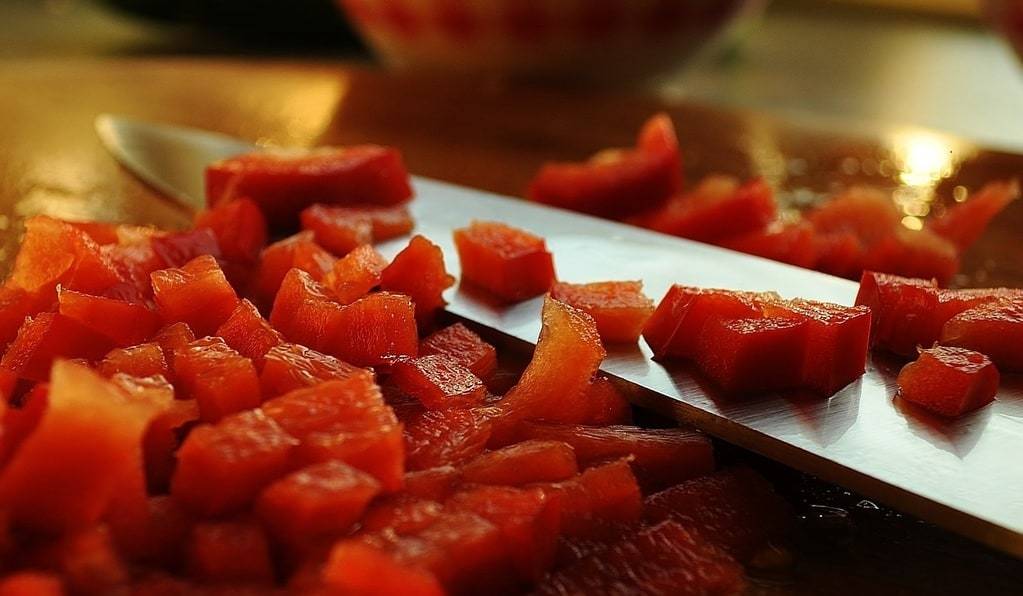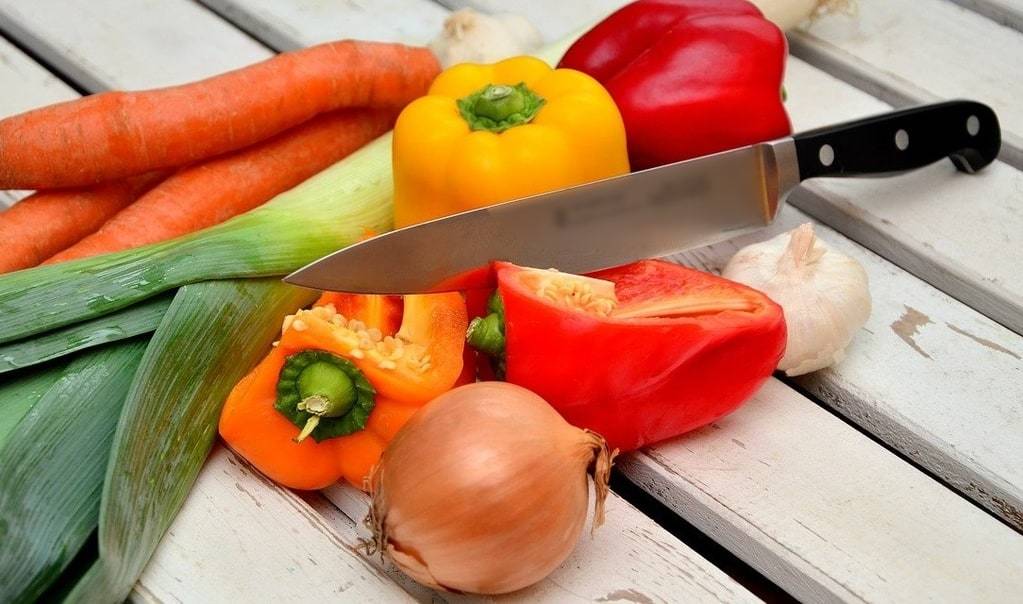Modern cuisine, an ever-evolving tapestry of flavors and techniques, is deeply rooted in the rich cultural traditions that span the globe. From the exotic spices of the East to the hearty stews of the West, the blending of culinary customs has created a diverse gastronomic landscape. Understanding these cultural influences provides a window into how history, migration, and globalization have shaped the way we eat today.
Influences of Culture on Contemporary Culinary Practices
Food has always been a reflection of cultural identity. The migration of people across continents has played a pivotal role in the fusion of different culinary practices. When people move, they bring their food traditions with them, which then blend with local ingredients and cooking methods. This fusion can be seen in the way ingredients from different parts of the world are combined to create new, exciting dishes.
One prime example is the widespread use of spices in global cuisine. Spices such as turmeric, cumin, and coriander, originally from Asia, have become staples in kitchens worldwide. These spices not only enhance flavor but also reflect the cultural exchanges that have taken place over centuries. The spice trade, which began in ancient times, was a significant catalyst for this exchange, introducing a variety of flavors to different parts of the world.

The Role of Migration in Shaping Cuisine
Migration has always been a major force in the evolution of cuisine. When people move, they adapt their traditional recipes to new environments, leading to the creation of hybrid dishes that incorporate local ingredients. For instance, the Italian-American cuisine that developed in the United States is a blend of traditional Italian recipes and American ingredients. Dishes such as spaghetti and meatballs and New York-style pizza are products of this culinary blending.
Similarly, the influence of African cuisine on American Southern cooking is another example of how migration shapes food. African slaves brought their knowledge of farming and cooking to the United States, significantly influencing Southern cuisine. Ingredients such as okra, yams, and black-eyed peas, along with cooking techniques like deep-frying, have become integral to the culinary traditions of the American South.
Globalization and the Exchange of Culinary Traditions
Globalization has accelerated the exchange of culinary traditions, making it easier for people to experience and adopt new foods. The rise of international travel and the internet has made the world smaller, allowing people to discover and experiment with dishes from different cultures. This has led to a greater appreciation for diverse cuisines and the incorporation of global ingredients into everyday cooking.
Restaurants and food markets are now more international than ever before. Sushi, originally a Japanese delicacy, is now enjoyed worldwide. The popularity of Mexican cuisine, with its bold flavors and use of fresh ingredients, has also grown globally. These examples highlight how globalization facilitates the blending of culinary traditions, making diverse foods more accessible to people everywhere.
Here are some examples of how cultural influences have shaped modern cuisine:
- The incorporation of exotic spices into everyday cooking.
- The creation of fusion dishes that blend ingredients and techniques from different cultures.
- The adaptation of traditional recipes to new environments and ingredients.
- The global popularity of certain dishes that were once considered exotic.
- The influence of migration on regional cuisines.
Reviving Traditional Techniques in Modern Kitchens
While modern cuisine often focuses on innovation, there is also a growing trend towards reviving traditional cooking techniques. These techniques, passed down through generations, offer a connection to cultural heritage and a way to preserve culinary history. Chefs around the world are increasingly looking to these methods to bring authenticity and depth of flavor to their dishes.
Techniques such as fermentation, smoking, and pickling are experiencing a renaissance in contemporary kitchens. Fermentation, used in creating foods like kimchi and sauerkraut, not only enhances flavor but also offers health benefits. Smoking, a method used by many indigenous cultures, imparts a distinct taste that is highly sought after in modern cooking. Pickling, a preservation method used worldwide, adds a tangy dimension to dishes.
The Future of Cuisine: a Blend of Tradition and Innovation
The future of cuisine lies in the delicate balance between tradition and innovation. As we continue to explore new culinary horizons, the influences of cultural heritage remain ever-present. The blending of traditional techniques with modern innovation results in a dynamic and evolving culinary landscape.
As chefs and home cooks alike experiment with new flavors and methods, the cultural influences on modern cuisine will continue to inspire and shape our eating habits. The appreciation for diverse culinary traditions not only enriches our palates but also fosters a greater understanding and respect for the cultures from which these traditions originate. The global kitchen of today is a testament to the enduring power of cultural exchange, creating a tapestry of flavors that is as diverse as it is delicious.
